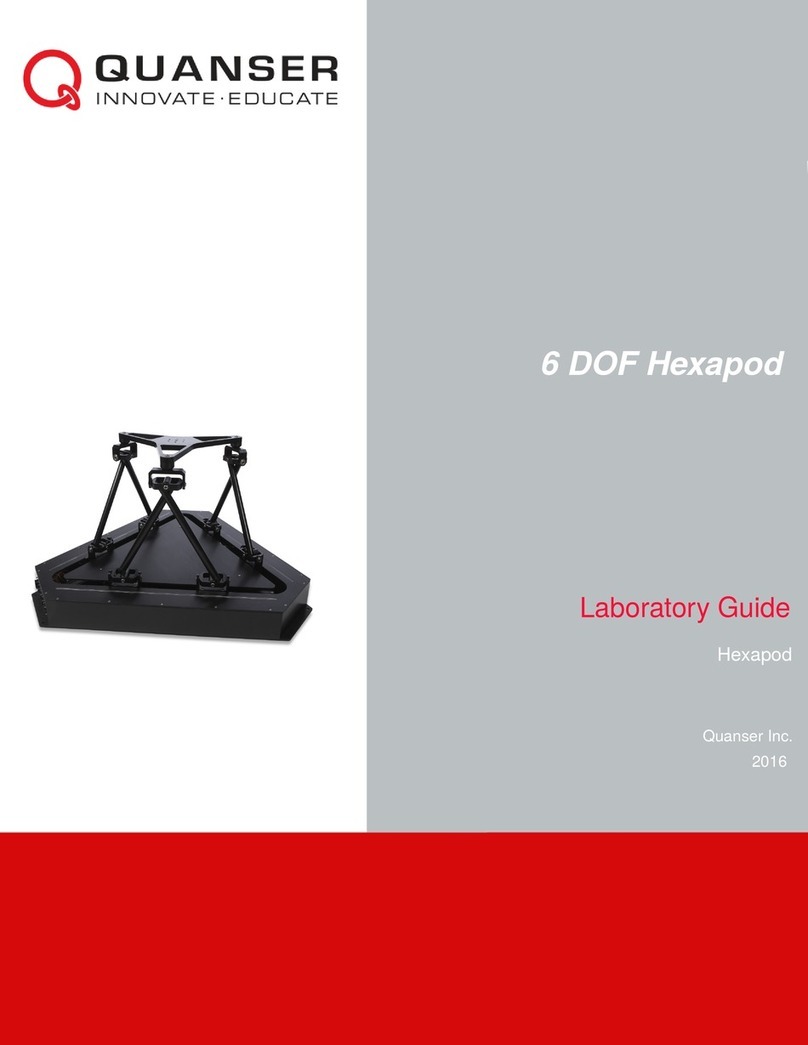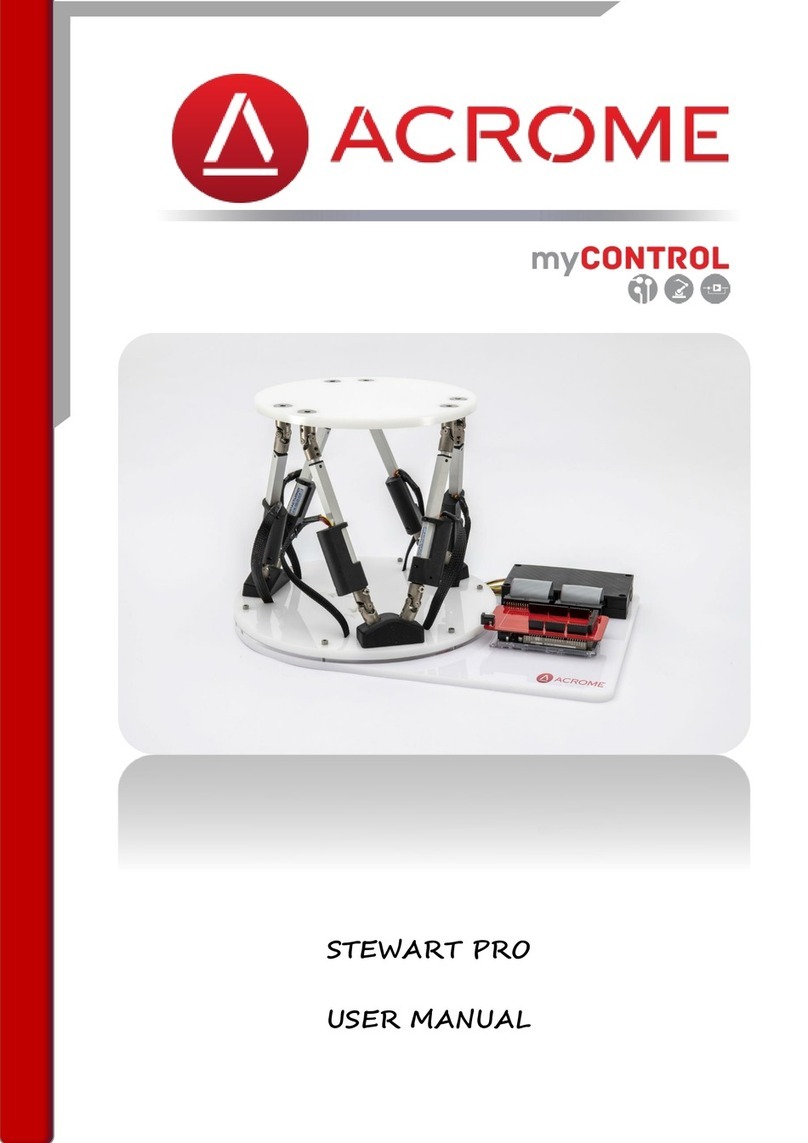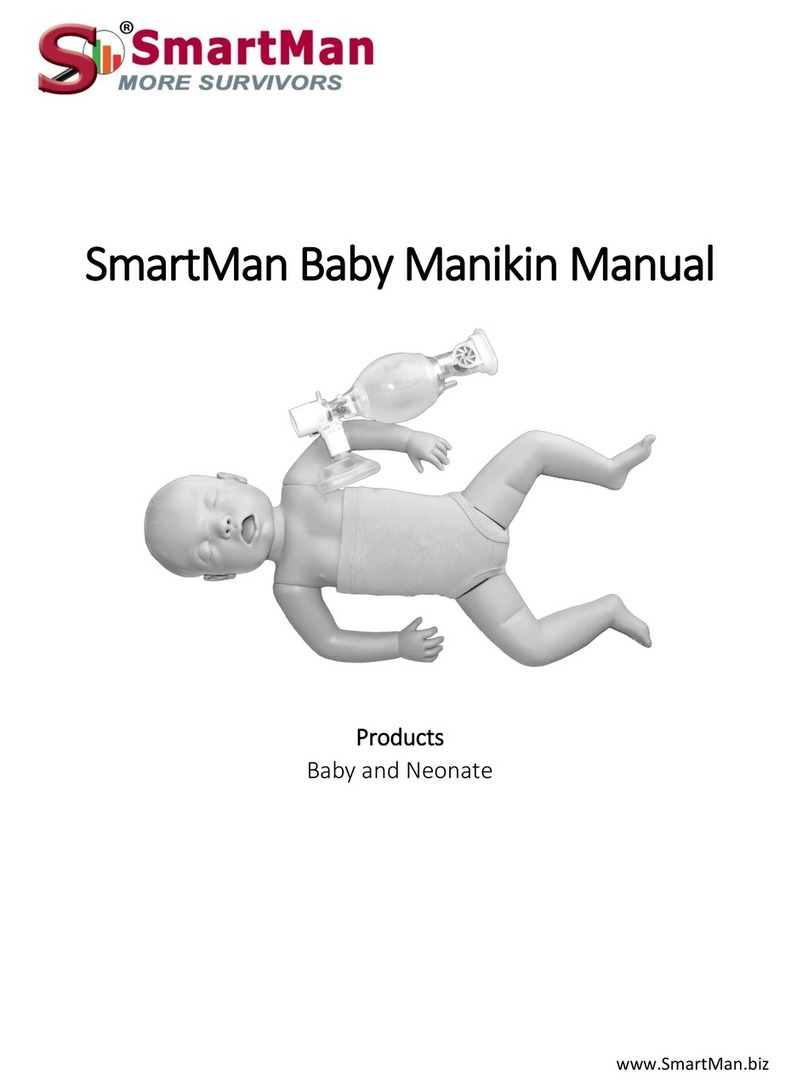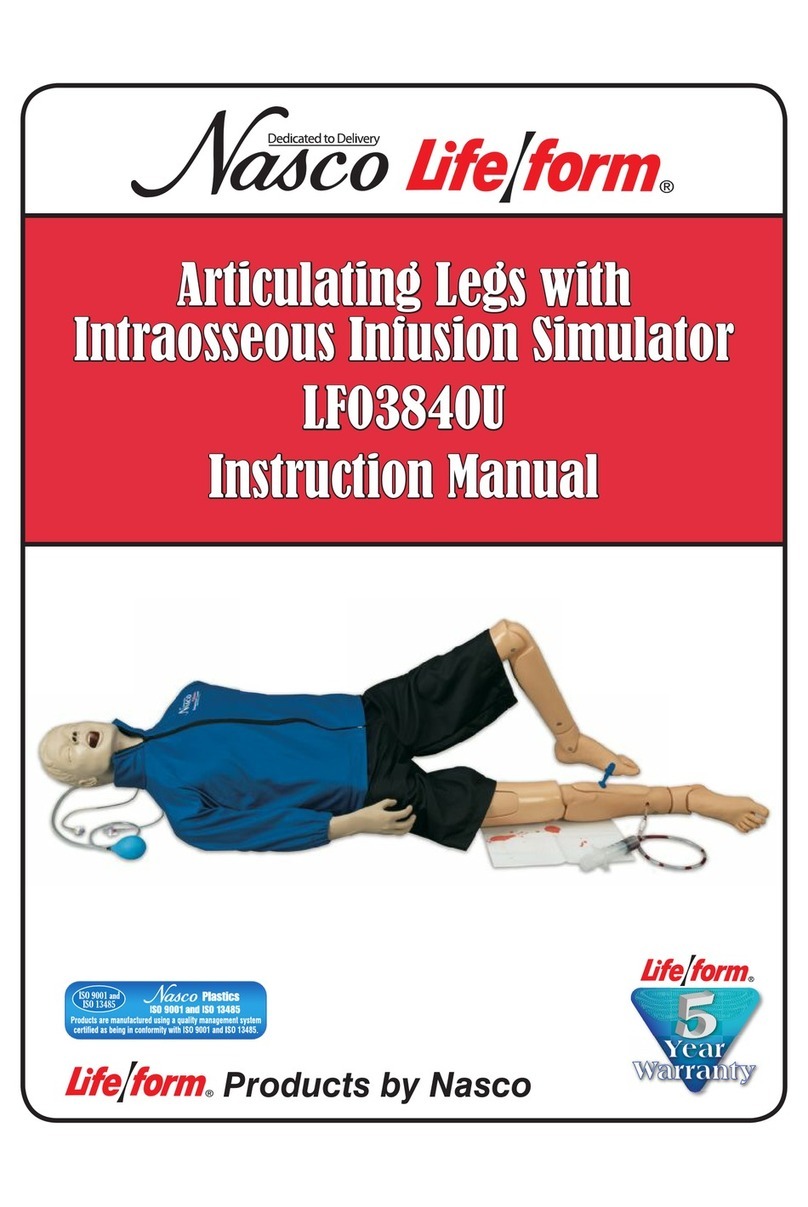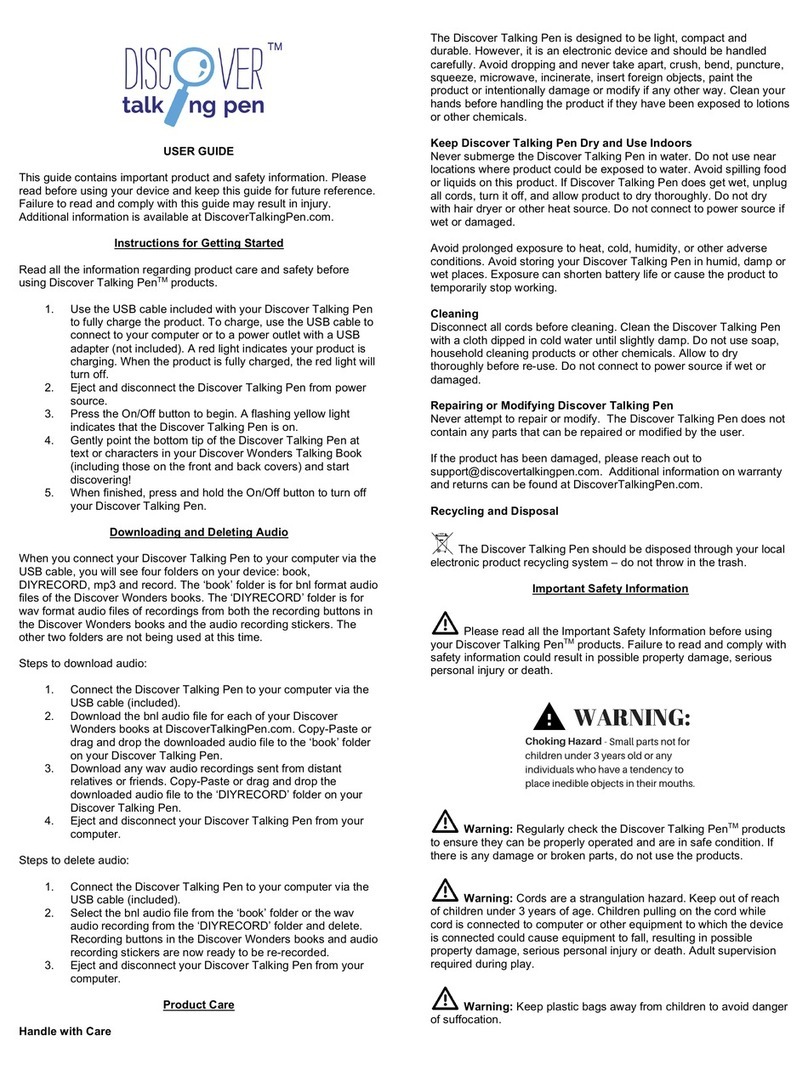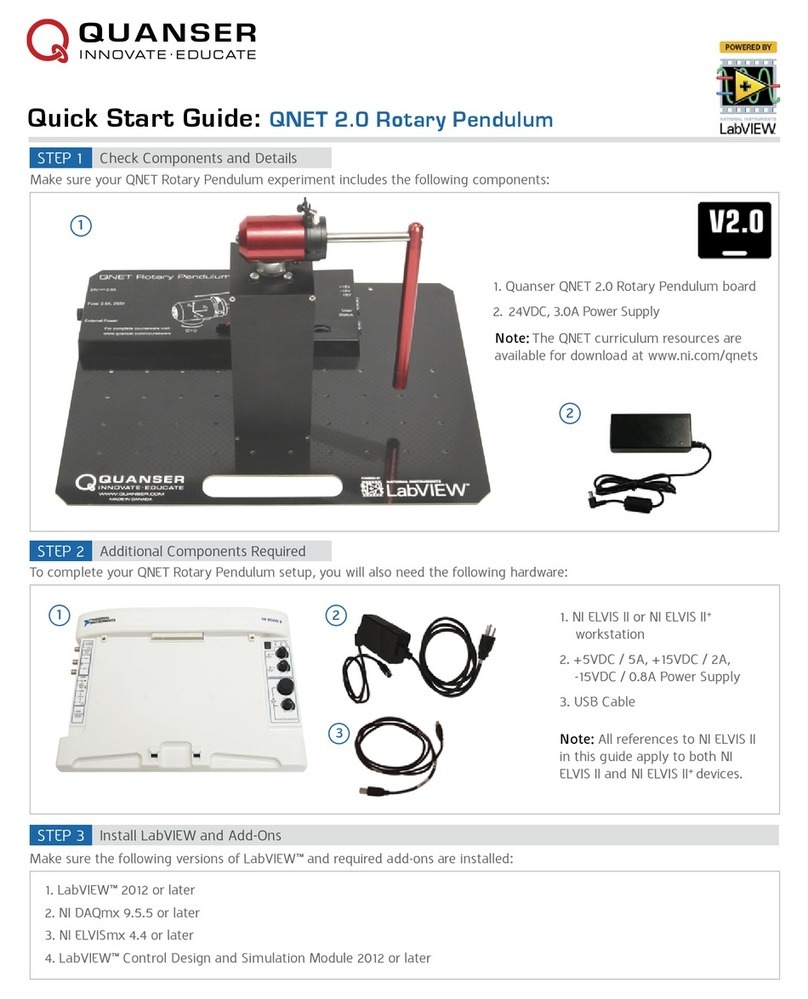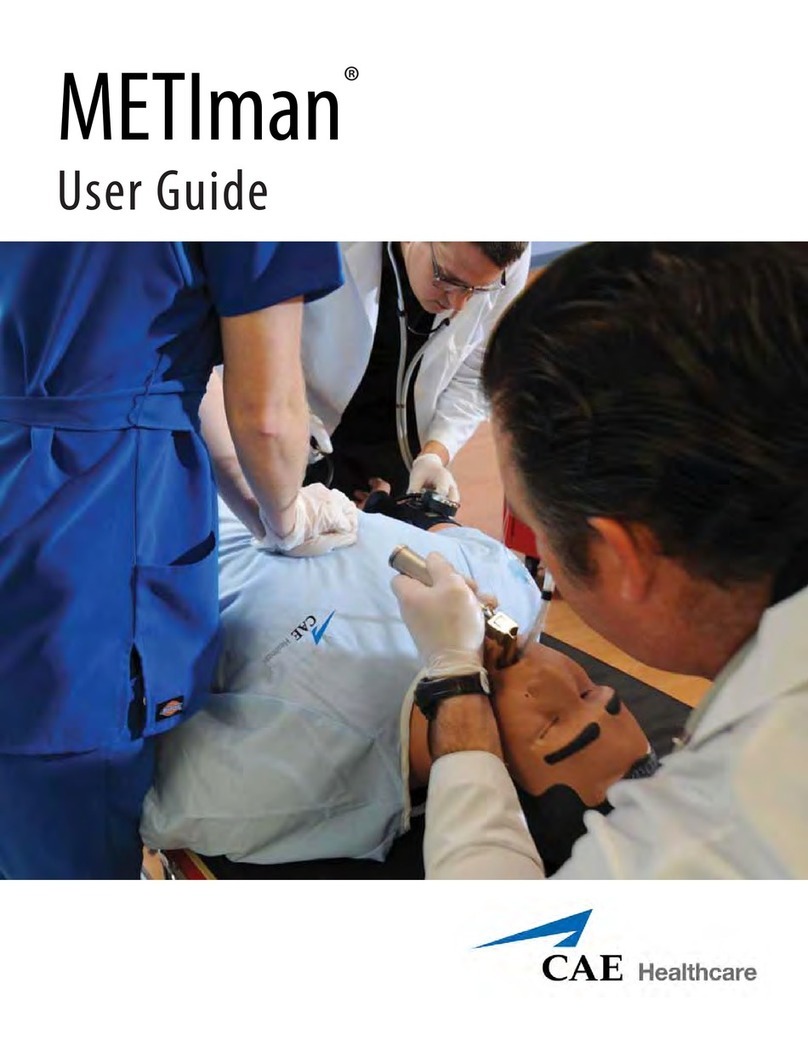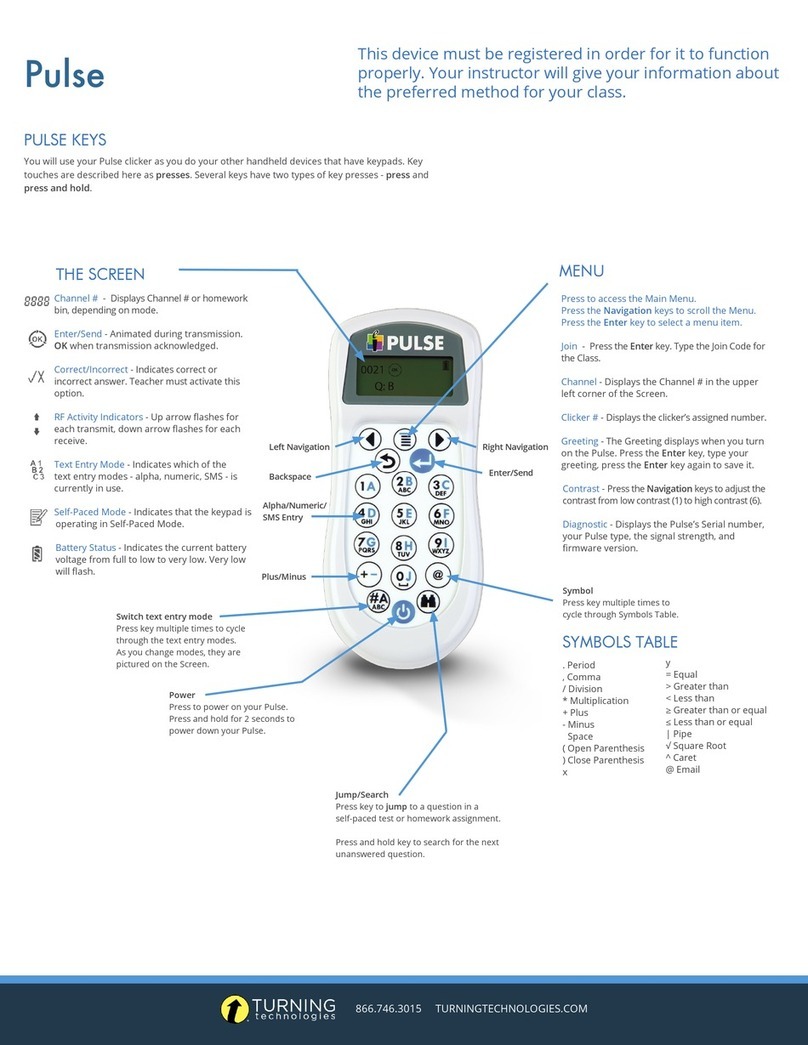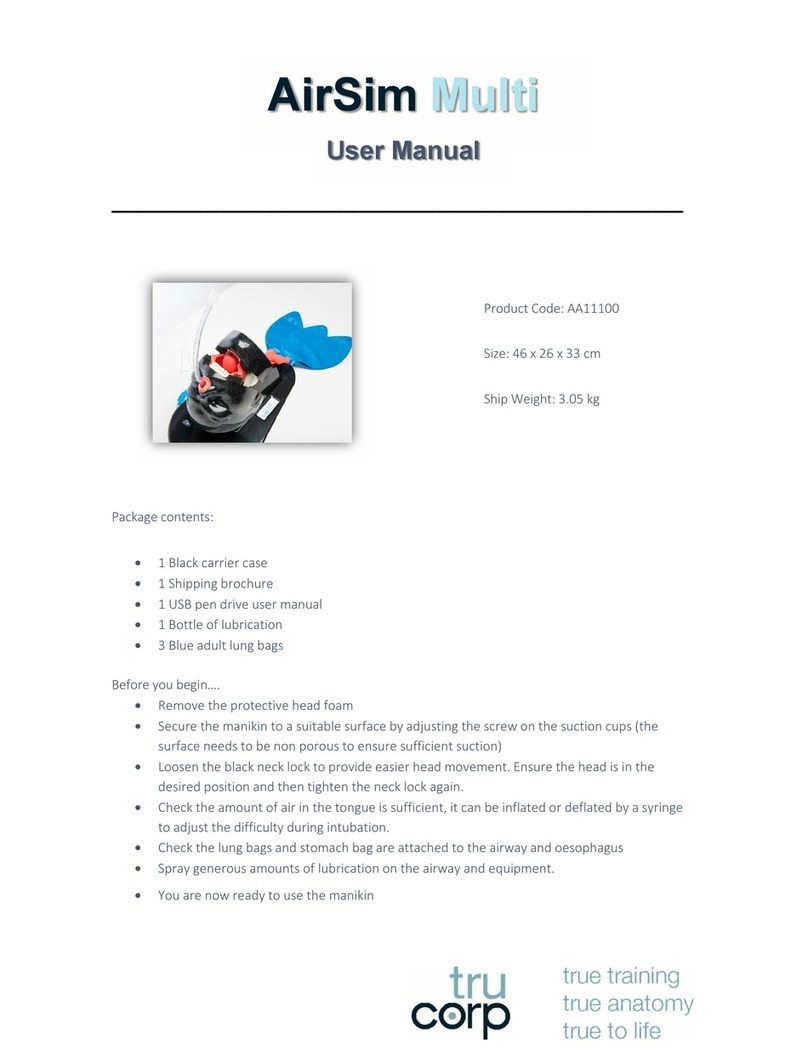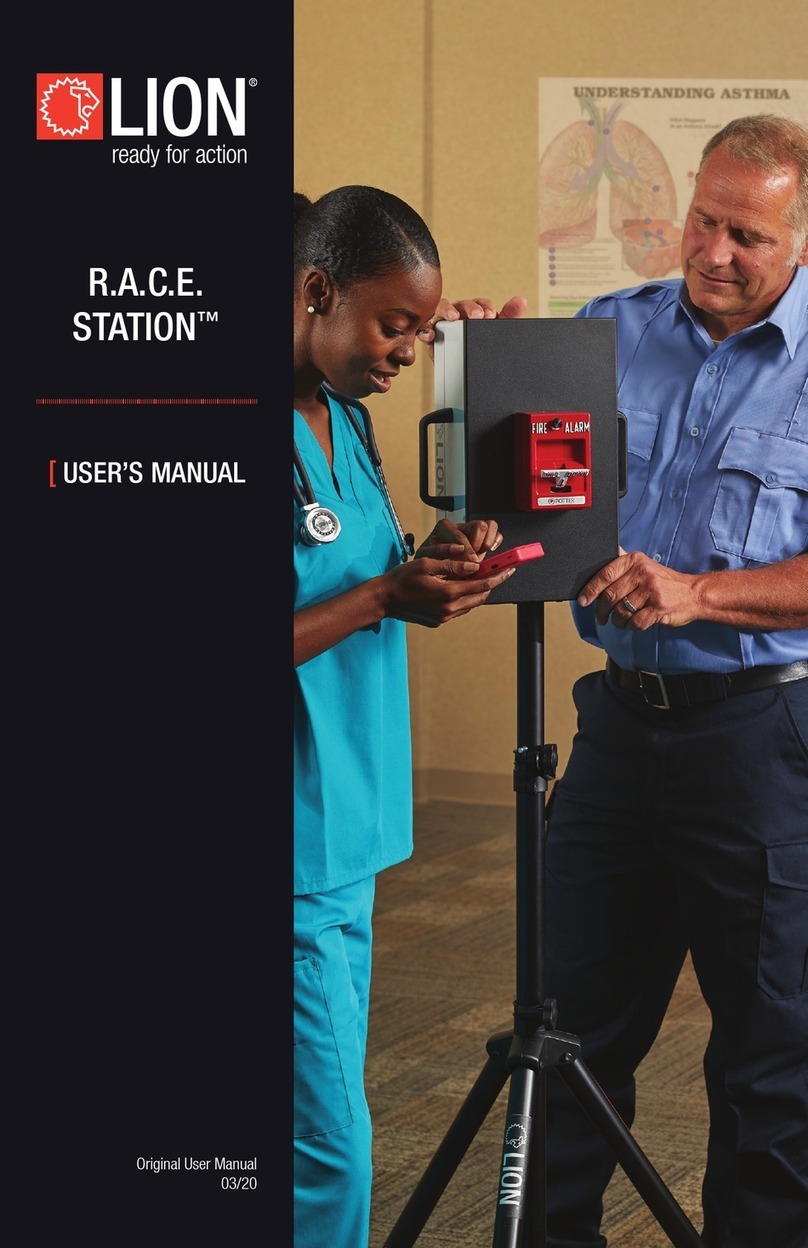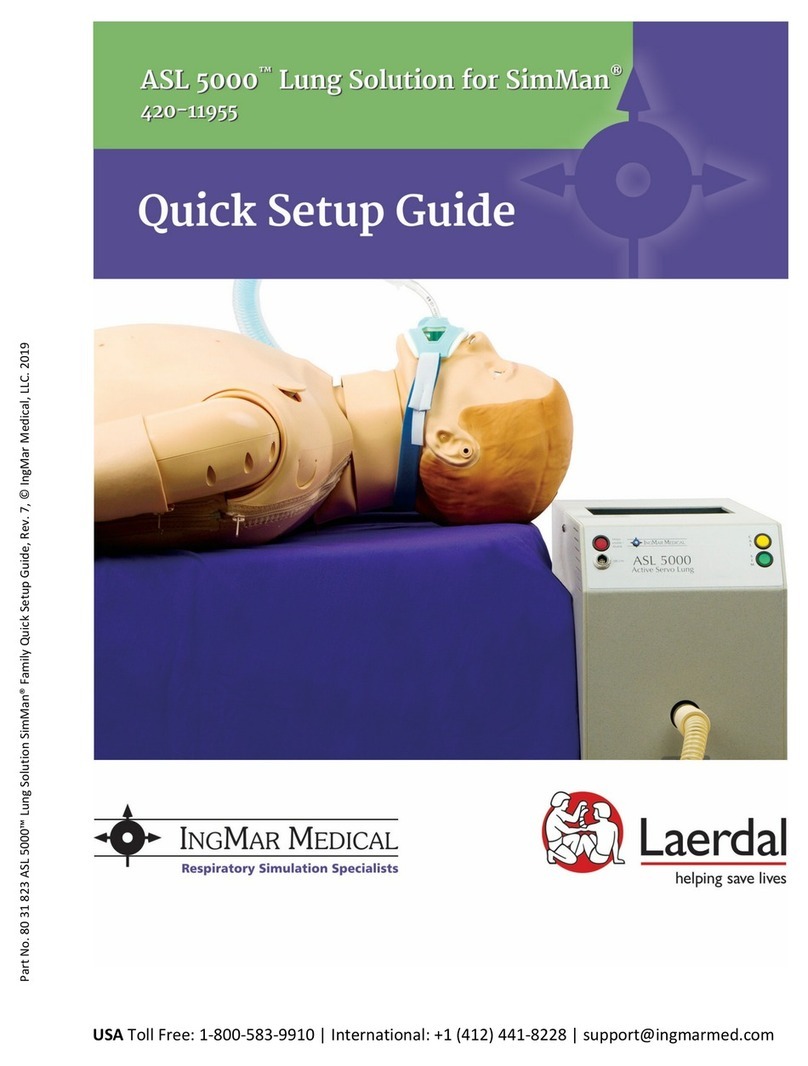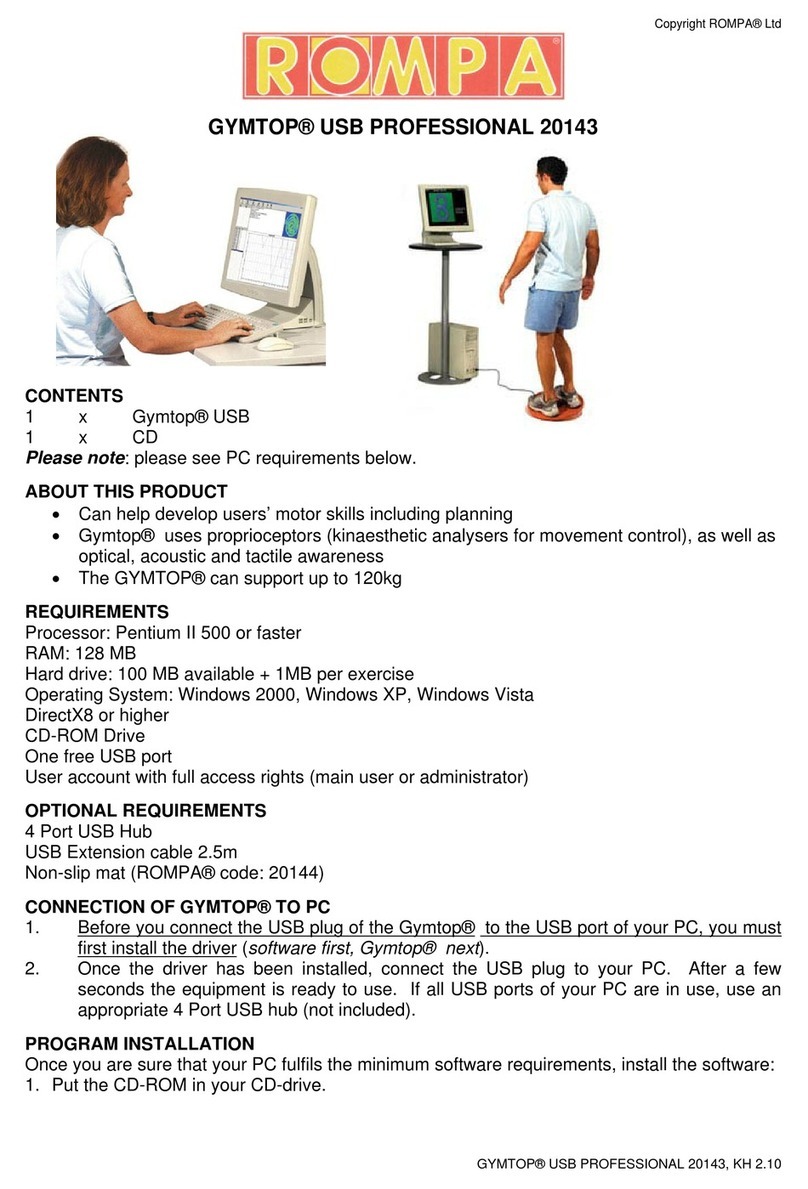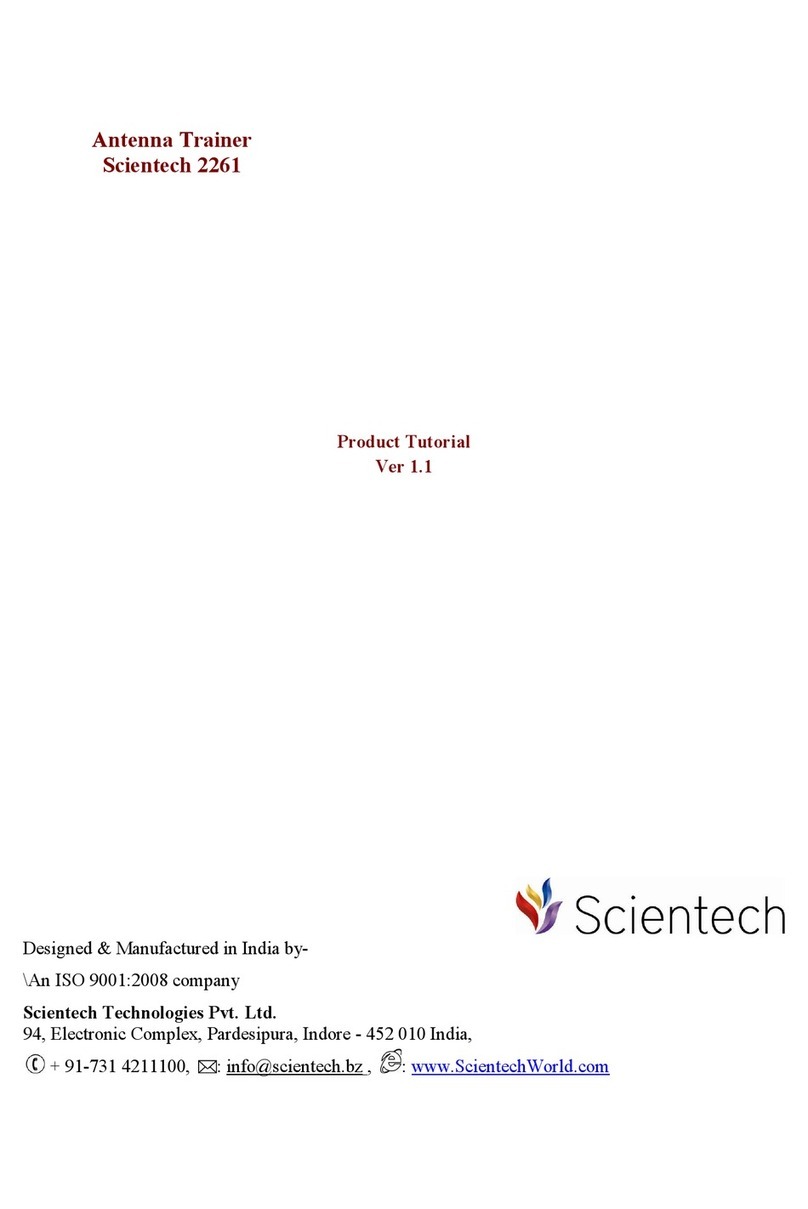
http://dreamcatcher.asia/cw
cw.enquiry@dreamcatcher.asia
ME1000 RF Circuit Design Quick Start Guide - 7/23
3.4 Lab Sheets
Calibration with Spectrum Analyzer To perform scalar offset calibration, to
verify the signal purity of a signal
generator, and to determine the losses
contributed by the cables, connectors, and
PCB traces
3 Hours
Calibration with Vector Network Analyzer To modify the built-in TRM standards in the
VNA, to perform TRM calibration using
user-defined calibration kits, and to verify
the calibrated results using the Smith Chart
plot
3 Hours
Power Amplifier Characterization Using
Spectrum Analyzer
1
To measure gain, gain compression,
harmonic distortion, third-order intercept
point, and isolation of power amplifier
3 Hours
Power Amplifier Characterization Using
Vector Network Analyzer To characterize the power amplifier with
reflection and transmission measurement,
and to measure gain compression using
power sweeps
3 Hours
Low-Noise Amplifier Characterization
Using Spectrum Analyzer To measure gain and isolation of a low-
noise amplifier 3 Hours
Low-Noise Amplifier Characterization
Using Vector Network Analyzer
2
To characterize a low-noise amplifier with
reflection and transmission measurement 3 Hours
Low-Noise Amplifier Characterization
Using Noise Figure Analyzer
3
To measure the noise figure of a low-noise
amplifier 3 Hours
Filter Characterization Using Spectrum
Analyzer To measure insertion loss, bandwidth, and
rejection of an RF bandpass filter 3 Hours
Filter Characterization Using Vector
Network Analyzer To characterize the RF filter with reflection
and transmission measurement, and to
display results in multiple plots, such as the
Smith Chart, Magnitude, and Phase plots.
3 Hours
Mixer Characterization Using Spectrum
Analyzer To measure some important characteristics
of the frequency mixer and to understand
the frequency conversion principles of the
frequency mixer
3 Hours
Mixer Characterization Using Vector
Network Analyzer To measure the standing wave ratio, return
loss, RF feedthrough, and LO isolations of
a mixer
3 Hours
Frequency Synthesizer Characterization
Using Spectrum Analyzer To measure the output power level,
harmonic frequencies, and phase noise of
a frequency synthesizer
3 Hours
1
The third-order intermodulation measurement in this lab requires an additional signal generator.
2
Extra exercises on transmission measurements in this lab sheet require a network analyzer with vector
S
12
/S
21
measurement capability.
3
This lab requires a noise figure analyzer.
